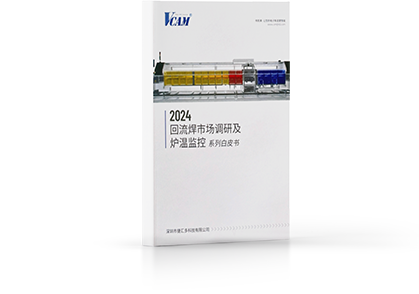How to choose a suitable oxygen concentration analyzer?

1. Identify application scenarios and core requirements
Application purpose: Why do you measure oxygen?
Measured gas: What are the main components? What are the possible interfering components in the background gas? Temperature and pressure range of the gas?
2. Determine key performance parameters
Range, accuracy, resolution, response time, stability
3. Select the appropriate measurement principle (core technology)
4. Consider installation, sampling and interface
Installation method:
In-situ: The sensor is directly inserted into the process pipeline or container (such as zirconium oxide, some lasers, some fluorescent probes). Advantages: Fastest response, no sampling lag. Disadvantages: Need to consider process temperature and pressure, installation interface, and maintenance convenience.
Extraction: Extract gas to the analyzer (electrochemical, paramagnetic, partial fluorescence, laser) through a sampling pump and pipeline. Advantages: The analyzer can be installed in a more friendly environment and is easy to maintain. Disadvantages: There is sampling lag, the sample gas needs to be processed (filtered, dehumidified, cooled), and the sampling system needs to be maintained.
Diffusion type: Gas natural diffusion contact sensor (portable safety instrument, some fixed electrochemical). Simple structure, no pump, but slow response, affected by ambient airflow.
Sampling system (required for extraction):
5. Maintenance and calibration requirements
6. Regulations and certification
7. Budget and total cost of ownership

Professional thermal engineering monitoring solutions make temperature control simple and efficient
Contact us to let our solutions help you
































